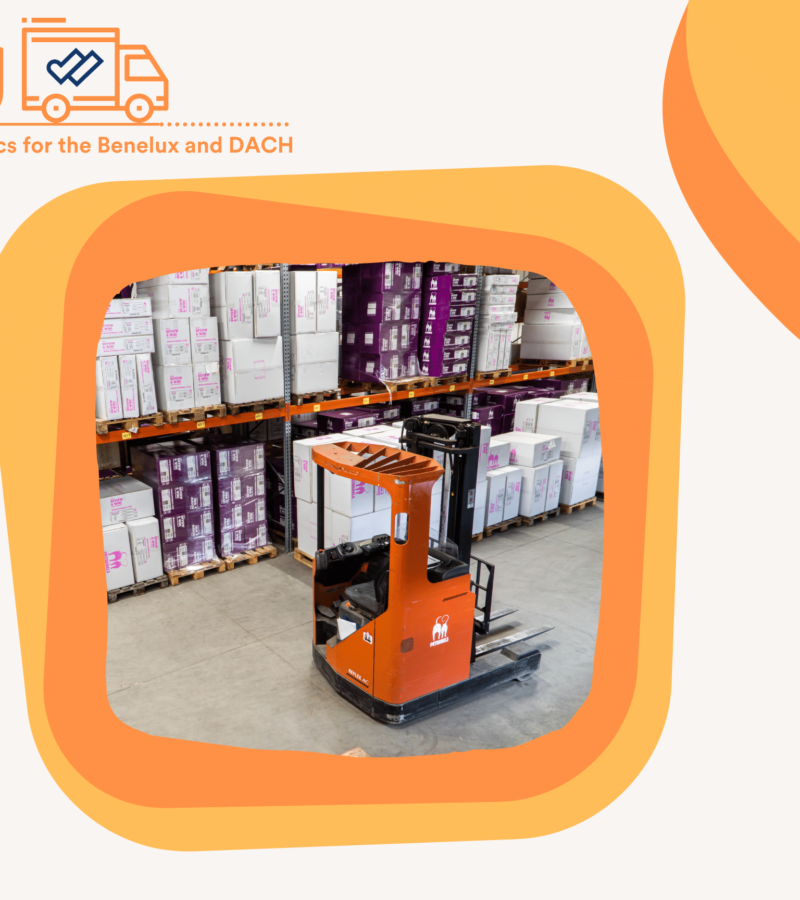
With SMS as a supporting tool for service-oriented work
Would you like to know how customer satisfaction is at your healthcare organisation? Then ask your colleagues who work in your ‘front office’. They are the eyes and ears of your institution. They know better than anyone what the biggest obstacles are in the customer journey and where improvements are possible (or even necessary). Because before you spend precious euros on external research, you can ask the secretariat and reception for help and input. Therein lies a source of Business Intelligence from which you as a healthcare provider can benefit. And your patients too!
The front office is the part of an organisation that deals directly with customer contacts. This can be the front desk or reception, but also a department that maintains contact with clients by telephone or via the Internet. On the other hand, there is the term ‘back office’. This refers to all business units to which clients and patients do not have access. These include internal business processes, such as logistics, storage and human resources.
Know what’s going on? Start internally
The front and back office can of course never be completely separated, but for more than one reason the front office is an area to keep a close eye on for healthcare managers and policymakers. It is at this point in the organisation that you can relatively quickly find out where the bottlenecks are among your clients and patients, so that external research costs may be unnecessary. Account managers, support staff and receptionists often know exactly what visitors and clients find lacking (and what is running smoothly). That is valuable information that will help you move forward as a healthcare institution!
The ‘Open Rate’ of your practice
The management of a healthcare institution already knows many figures and facts. The number of visitors, the duration of treatment, the type of treatment, the number of website visits, incoming calls, and so on. Relevant information that gives you insight into the extent to which your organisation is visited and known, but quantitative data does not say everything. Do you also know how the quality of your service is? How does your client actually experience the care he or she receives? From the moment he or she first comes into contact with your organisation to the aftercare. Where does it go perfectly and where can improvements be made? What are the striking things that keep recurring? How can you, as a care provider, connect with your patients and clients?
Identifying bottlenecks
There is no single answer to these questions. But roughly speaking, there are two options: start an expensive market survey or gather information from your front office staff. The last option is obviously much cheaper. And certainly just as valuable! You can find many answers close to home: in the places in your organisation where employees come into direct contact with your clients. The front office is where the first contact with the client takes place, where a first impression is made. And that is also where the questions come in. This is where your organisation’s weak spots in terms of service and customer satisfaction become visible. Because someone who cannot find his way around the building will report this to the reception. And if parking during visiting hours is a recurring problem, a client will report this on the phone when making an appointment. Or if a long wait at the specialist is the rule rather than the exception. All these things are immediately visible and audible to front office staff. They are examples of customer contact, questions and problems in practice, which you cannot pick up from the management reports, but which are very undesirable in your organisation and must therefore be observed and solved.
Keep a finger on the pulse
So you can start an external customer satisfaction survey or ask your receptionists and other front office staff what could be improved. The difference? Tens of thousands of euros. And your staff will feel more appreciated when they know they are being listened to. They will become even more alert in signalling complaints, problems and bottlenecks at all levels. And that is pure profit, because you get these signals first hand.
Satisfied staff = motivated staff
In addition to customer satisfaction, the satisfaction and job satisfaction of your employees is also an internal point of attention. By listening to your staff and finding solutions to the issues they face every day in their contact with clients, they will be more motivated in their work. In addition, you can support your staff in their work in more ways than one. For example, with supporting communication tools that take certain tasks off their hands and prevent unnecessary work, so that they can focus on the things that are really important: the personal customer contact and the streamlined ‘customer journey’.
Less ‘no-shows’ in healthcare
An automated SMS service is such a supportive communication tool, because with an appointment confirmation or appointment reminder by SMS, as a care provider you offer extra service to clients and the appointment desk or secretariat is relieved. Never again a wrongly noted appointment or a mistake in time, because your clients receive an appointment reminder a day in advance in which the date and time are mentioned so they definitely appear on time at their appointment. This helps your organisation because it saves a lot of (unnecessary) work and it also helps to reduce the number of ‘no-shows’. How do we know? Spryng has been working for many healthcare institutions in the Netherlands for almost 15 years, tackling the ‘no-show’ problem, amongst others. With one simple SMS API, a lot of healthcare providers have ensured that the number of ‘no-shows’ in healthcare has dropped significantly in recent years.
SMS reduces the workload
Besides reducing ‘no-shows’, the use of SMS in healthcare has another major advantage. The employees, who are often already heavily burdened, have it a lot easier with SMS. The SMS service to clients also means that your employees work more efficiently and that they can focus more on things that are really important, because an automated appointment confirmation means fewer ‘no-shows’. Which means fewer follow-up calls, fewer postponed appointments, a better throughput of patients, better use of people, rooms and equipment and therefore less work pressure. All with a short message of no more than 160 characters.
How does SMS work in healthcare?
On the Spryng website, you can read a lot more about the duality: SMS and care.
For example, did you know that SMS reduces waiting times in healthcare? And that SMS messages can also be sent in other languages (including languages with other characters, of course). No less than 111 languages are available with one SMS API. In addition, as a healthcare institution, SMS services make a professional, service-oriented impression on clients and patients if you send standard appointment confirmations and reminders by SMS. And last but not least: SMS is also used to establish extra secure connections. With the EHR and other patient portals, this is no unnecessary luxury. Two Factor Authentication (2FA) and/or One Time Password (OTP) via an SMS message are proven safe and fast ways to protect patient data and for example to log in safely at an online consultation. The power of SMS is speed, security and friendliness.
ISO and NEN certification
Spryng is the only SMS provider in the Netherlands with an ISO 27001 and NEN 7510 certificate. These certificates guarantee optimal information security. By working according to these highest standards of data security, we show that we deal responsibly with confidential data in any sector, including health care. Working in accordance with ISO 27001 and NEN 7510 is proof for our clients and their customers that we have our information security in order. That is a pleasant way to work together.
SMS API provides ‘connection’
If we take everything into account, the safety of your data at Spryng is more than fine. In order to give your front office staff the necessary relief, all they need is an SMS API. With it, you can optimally inform your clients and patients (and protect their data). The SMS API of Spryng has integrations with almost all appointment systems in healthcare. So within minutes after your healthcare system is connected to the SMS API, communication can start! Create a free test account. Or let us make you an offer without engagement, which is completely tailored to the situation of your healthcare institution
Want to know more? Ask it!
Would you first like to see some more background information or ‘cases’ about the effect of SMS in healthcare? Or do you want to know how you can unburden your front office even more? The front office staff at Spryng knows all about it. Please feel free to contact us via 020 – 770 3005 or via info@spryng.nl. We will then discuss all your questions and requirements for your specific situation.


